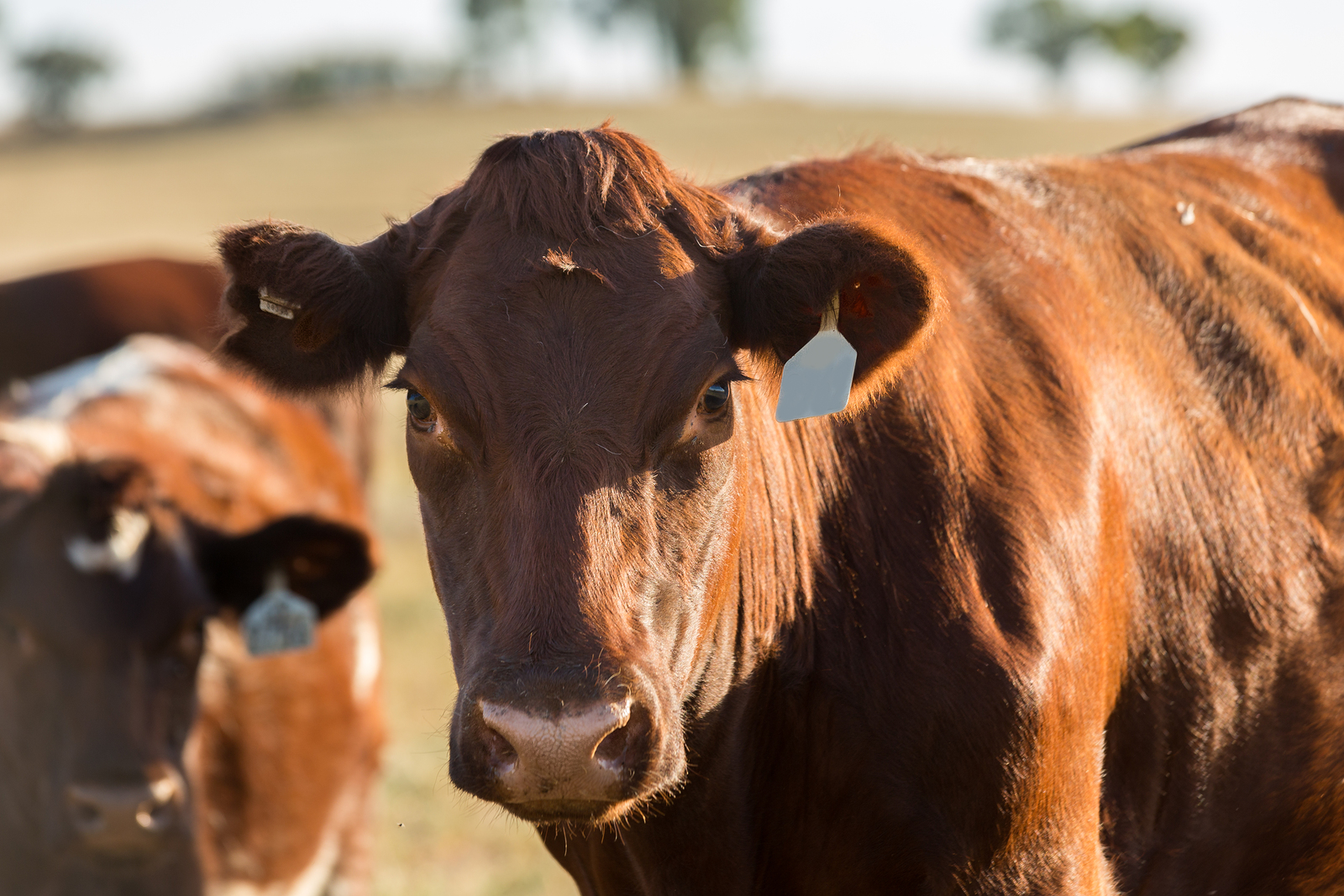The vast majority of the population has become far removed from the reality of where their food comes from how it’s grown and how it’s processed. Convenience has been both a blessing and a curse. On one hand, consumers benefit from the ease of shopping for recognizable and affordable products, while on the other hand, what it took to get those products into the consumer’s hands at such low costs can be upsetting to say the least.
The convenience of prepackaged, pre-cut, trimmed and pre-portioned meats has separated people from the reality of how their food is raised and treated. Sadly, many factory-farmed animals live in harsh environments, with little dignity and are treated solely as commodities. The behind-the-scene videos and images taken, documenting the lives and deaths of many animals who ultimately end up on our plates, is gruesome (again, to say the least).
In all fairness, who among us would have thought to question a process we’re so unfamiliar with? Especially when the image of the happy farmer and his healthy, happy livestock and crops is what consumers see advertised. The sometimes gruesome truth is so far from its picturesque portrayal, no one could imagine just how far one is from the other.
Even once their eyes are opened to this reality it’s still difficult for many people to imagine dedicating a larger piece of their budget to higher priced meats from ethically treated animals.
Fortunately, as the awareness of the treatment of meat animals is brought to the surface, more efforts are being made to revolutionize the meat industry.
Not only are we becoming more aware of the way in which meat is processed, people are also realizing that their health is impacted by the health of the meat they consume. Instead of the saying “You are what you eat.” we’re finding out more and more that “You are what your eat eats.” (Michael Pollan, In Defense of Food: An Eater’s Manifesto) In other words, your health is linked not only to the meat you eat, but to how that animal was treated and fed.
We’re still discovering the negative impacts of cheap, industrialized meat production on our health. The effects of toxins and antibiotics in our food supply and their link to health conditions are being studied, but there is still much to learn.
What is clear is that meat quality is tied directly to what the animals themselves eat and what kind of lives they live. Meat that is factory farmed often has lower nutritional value as it contains more fat (including saturated fat). Grass fed meats are more nutrient-rich, and tend to have higher concentrations of vitamins A and E, and antioxidants. Plus, omega-3 fatty acid levels in grass-fed beef are as much as five times higher than in beef from unnaturally fed cattle.
What can consumers do to afford higher quality, more ethically raised meats within their budgets? Return to the eating habits of past generations. Through the early 1900s people ate meat much more sparingly than we do today and purchased high-quality meats from local butchers when they didn’t raise their own. Though meats today are much cheaper and more readily available, their prices and convenience don’t factor in the environmental and health costs of producing and consuming them.
Reprioritizing meat within the diet from a staple to an additive allows for more conscious purchasing of higher priced, yet more healthful meats. Simply reducing our consumption and making responsible purchases will help improve our lives as well as the lives of meat animals.
